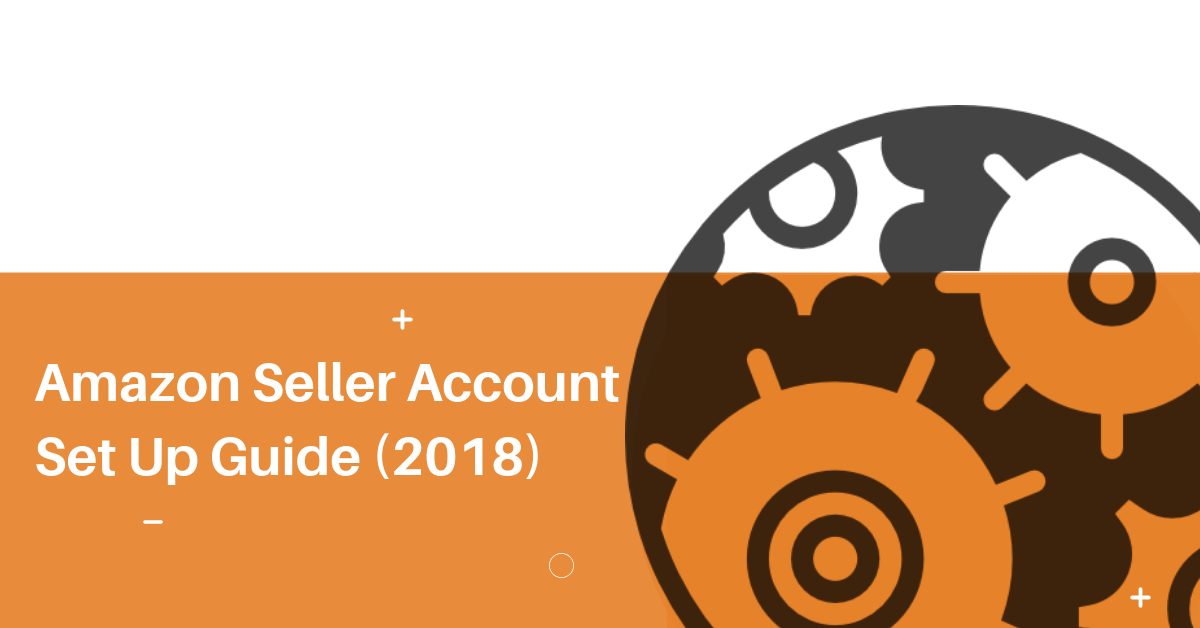
If you’re confused on how to set up your Amazon seller account, don’t be.
It’s incredibly easy to do and we’ll make sure you’re ready to start selling by the end of this post.
• Setting Up Your Amazon Seller’s Account
• Securing Wholesale Suppliers
• Protecting Against Potential Pitfalls
Getting Started
So you’ve decided to set up an Amazon Seller Account and you’re ready to get to work selling and distributing products through Amazon’s massive infrastructure. Great.
This basic guide gives you the rundown on what to do to get your FBA Amazon business online and profitable as quickly and as painlessly as possible.
We go through the initial steps of actually creating your Amazon account, selecting the best products to start selling and the most effective ways to identify wholesale suppliers in a way that will maximize your profits and magnify your efforts.
Though it may take time and effort to optimize your product offerings and enhance your returns, this post takes you through the initial start-up and will get you out of the gate with a few clicks and emails.
Use it as a handy reference to get you on your way as you test the waters to develop and fine-tune your brand new e-commerce marketplace.
Setting Up Your Amazon Seller Account
You won’t need to spend too much time on this part, but if you haven’t already, you will need to create an Amazon Seller’s Account.
To do this, head to Amazon’s website, scroll down to the bottom and click on the link that says “Make Money With Us.” Once you’re there, look for the link labeled “Sell on Amazon,” and follow the prompts.
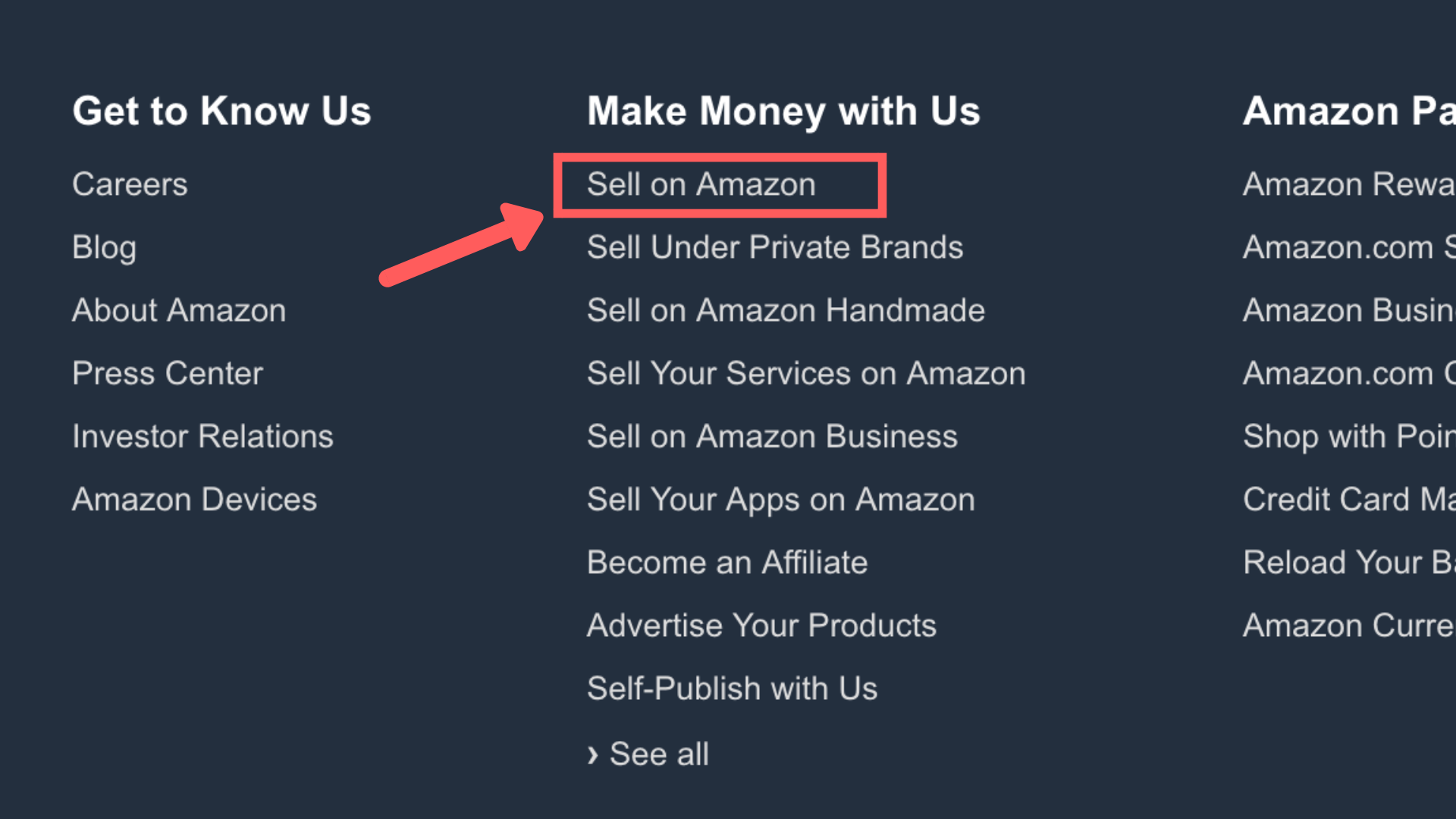
Then, you’ll have two sign-up choices: Individual or Professional Seller’s Accounts.
While there are pros and cons to each, know that you can switch if your needs change over time. The Individual Account is ideal for lower volume sellers and does not require an automatic monthly subscription.
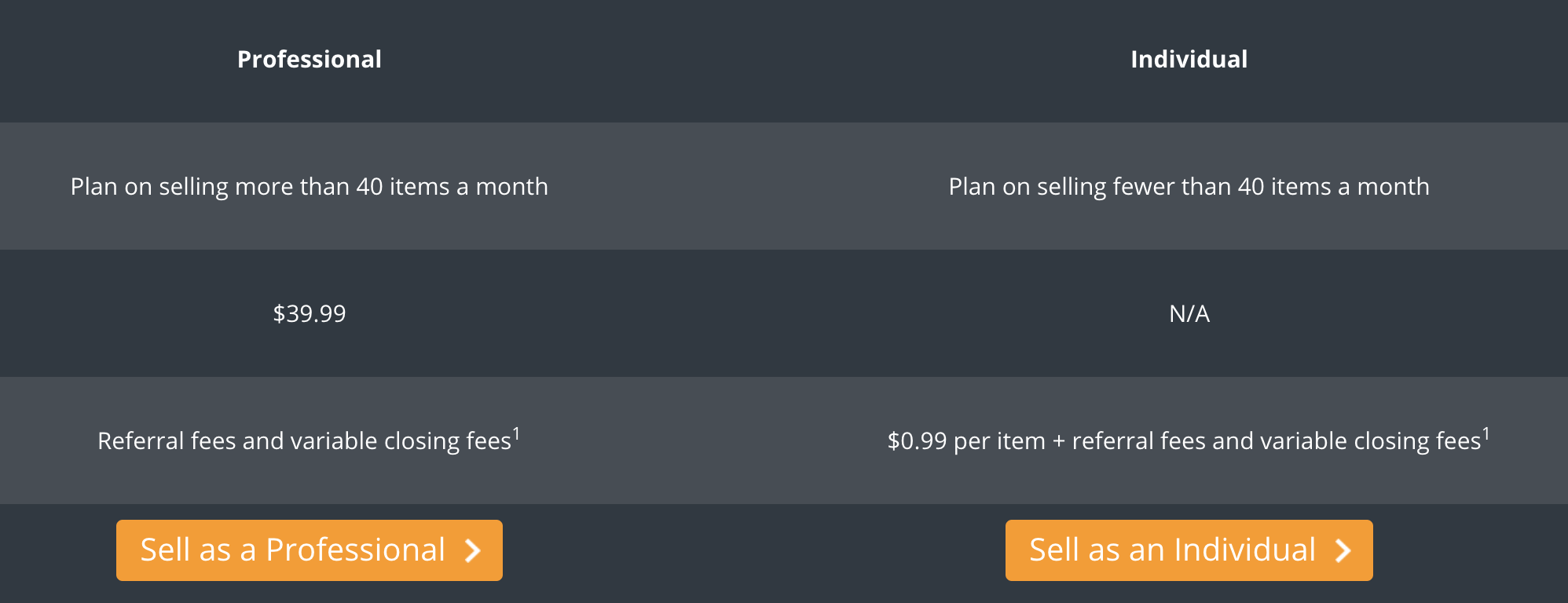
This is your better option if you plan to pursue this casually, looking to sell less than 40 or so items a month.
For anything beyond 40 items (which is likely most of you reading this), you’ll head for an Amazon Professional Seller’s Account.
There’s a monthly fee involved, but you’ll also get quality metrics and tools that are vital to an operation moving larger volumes of sales to make this endeavor worth your time.
Picking Products
Why Wholesale works
Now that you’re a part of one of the largest e-commerce sales and distribution networks on the planet, you’ll need to find your own space and leverage the Amazon platform to your benefit.
The FBA framework gives you a huge advantage in allowing Amazon to do the heavy lifting of presenting and distributing your product to a wide audience, but this system only works really well if you wisely choose products that move quickly and maximize your margins.
There are several ways to go about selecting the products that you offer through your Amazon storefront.
The easiest is to sell something that you can acquire below cost and sell it for a nice profit—also known as retail arbitrage.
Or you can go one step further and rebrand an existing product under your own private label—this is called–you guessed it– private labeling.
Both of these strategies are prevalent on Amazon as they are time-tested and consistent ways to earn steady profits through Amazon’s platform.
The downside to both of these methods is that they are often either time or capital intensive, both unattractive factors for someone just getting started. So what’s Goldilocks to do? Sell wholesale products.
Selling wholesale products give you the sweet spot of maximum returns in a moderately capital-intensive setting that is easy to prime right away.
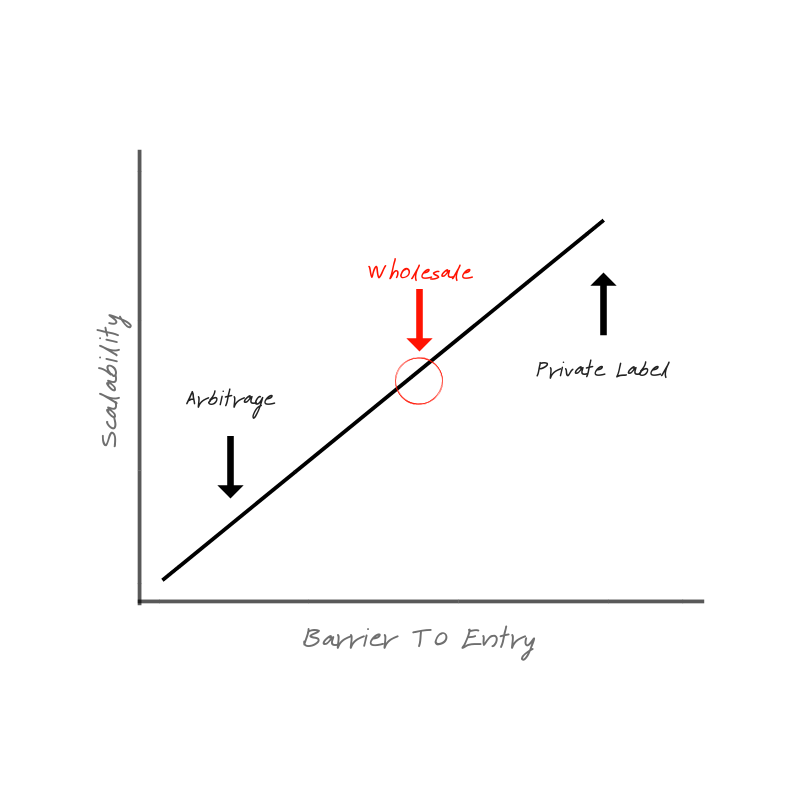
You can earn a return of anywhere between 15-80% on a single product, provided that you’re selling the right item, procured at the best cost, for the optimum price.
Selecting Products
With a small amount of focused research, you can pinpoint the products that you will look to purchase on a wholesale basis and then resell.
Take some time to search Amazon’s current offerings in departments that are of general interest to you to get an idea of what the competition is like in that area.
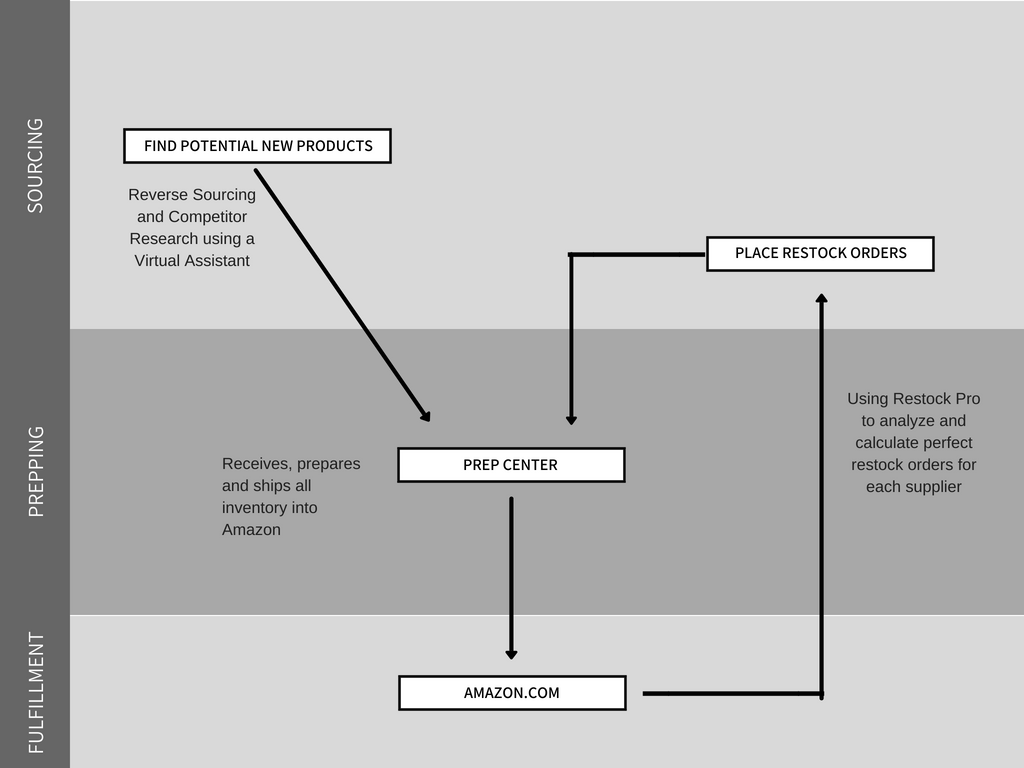
This is how simple a wholesale Amazon business can be..
It’s always a great idea to start in an area that you already have expertise in or a passion for, but at the end of the day, you just have to be willing to put the effort behind getting that product all the way to your buyer.
If you’re thinking of selling a niche product, like rosewater facial toner, for example, or other items that fall in that category, do a quick search for those and similar products.
To simplify your search, you should consider eliminating products that are currently:
1 – Sold directly by Amazon
2 – Sold by only two other FBA Sellers (so that you don’t waste time on Private Label Products)
3 – Have less than 4.5 feedback
4 – Require a buy box that is less than $20.00
Items that fall into any of those categories mean you’ll be more likely to encounter competition..
As you scan more items, you’ll also want to consider the pricing bracket that your item falls in—the more expensive the item, the greater your initial capital outlay.
It doesn’t make sense to keep higher priced items as potential products unless you have the money to support those purchases while you get this business off of the ground.
Once you’ve identified a viable product, check out how well that product has performed over the recent sales history. The Keepa Chrome Extension will let you view the sales history for a particular product so that you can determine how steady the sales are over the course of the past year.

A reliable sales history from Keepa will give you the comfort to select that product and go ahead to the heart of the wholesaling process.
Securing Wholesale Suppliers
With the well-researched knowledge of the new products that you want to sell through Amazon, you have several options for sourcing these products from wholesale suppliers.
1 – Reverse Sourcing. Since you’ve already taken the time to identify products that you’d like to sell (that are already being sold on Amazon), just call or write the companies that sell whatever you’re looking to re-sell.
This is a pretty popular way to find wholesale suppliers because of the logic and ease of use. From there, open a wholesale account and work on building and maintaining that relationship.
2 – Leaf Sourcing. With the initial supplier that you’ve ‘reverse sourced’ from, add a handful of other, related products to your inventory.
This purchasing strategy allows you to build a relationship with the supplier while methodically expanding your inventory and your product line to include relevant products.
Leaf sourcing also opens doors for increased volume discounts and package bundles to sweeten the deals as you consider negotiating with your supplier.
3 – Join a trade association and attend a trade show. This will give you access to plenty of vendors who sell the types of products that you are looking for.
You can attend the shows in person or simply phone vendors directly to begin the wholesale purchasing process. Make sure to ask for any trade membership discounts that may be available when you decide on a vendor.
Those discounts can stack and add up quickly—easily making the difference between a good margin and a great one.
Step Up Your Sourcing Efforts—Efficiently
Now that you know what products you want to consider selling and the ways that you plan to source these products, you can take this search to the next level by using a different chrome extension called the Jungle Scout Chrome Extension.
This tool allows you to view product metrics in a streamlined and accessible fashion. As you click through Amazon, you’ll be able to view sales data and product highlights for individual Amazon items as you scroll through your search.
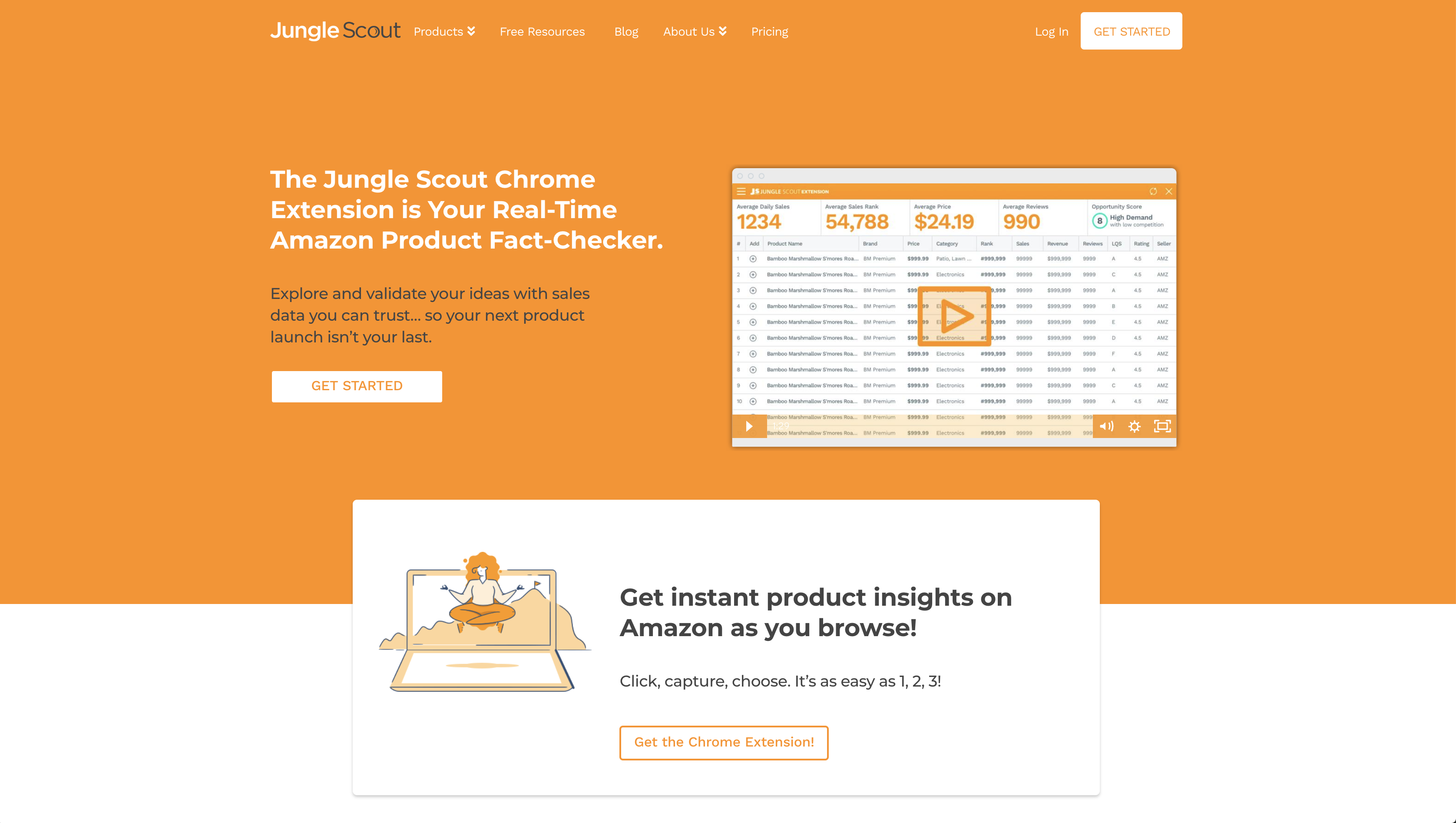
This will help you to screen more products quickly as you get a better feel for what you’re looking to sell.
Protect Against Potential Pitfalls
The strategy for selling wholesale items on Amazon is sound, but there are a few ways to get into trouble if you’re not careful—especially when first starting out. Make sure that you always:
1 – Count the true cost of an item. Sure, you’ll have to pay for the actual product and shipping in addition to any final selling fees.
But you also need to consider other cost factors, like warehouse prep or returns figures that may eat into your bottom-line.
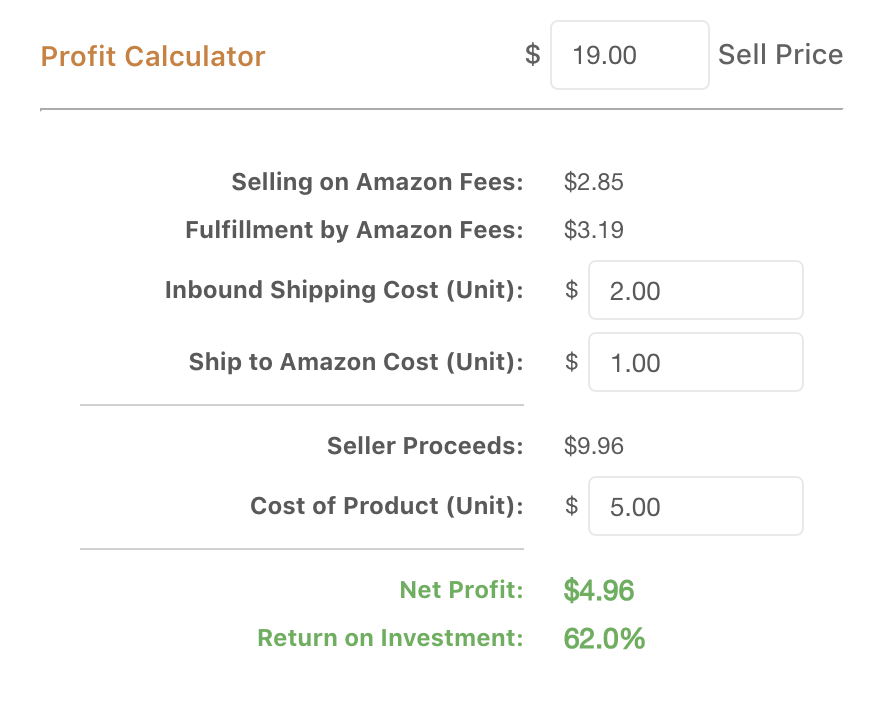
Profit Calculator Feature inside of Vendrive
2 – Don’t overstock on inventory. If you tie up your capital in products that don’t move, you restrict your ability to adapt to the current climate and put your business at risk.
Don’t put all of your eggs in the same basket. Buy smaller quantities until you have a better handle on your individual sales patterns and can justify placing a larger order.
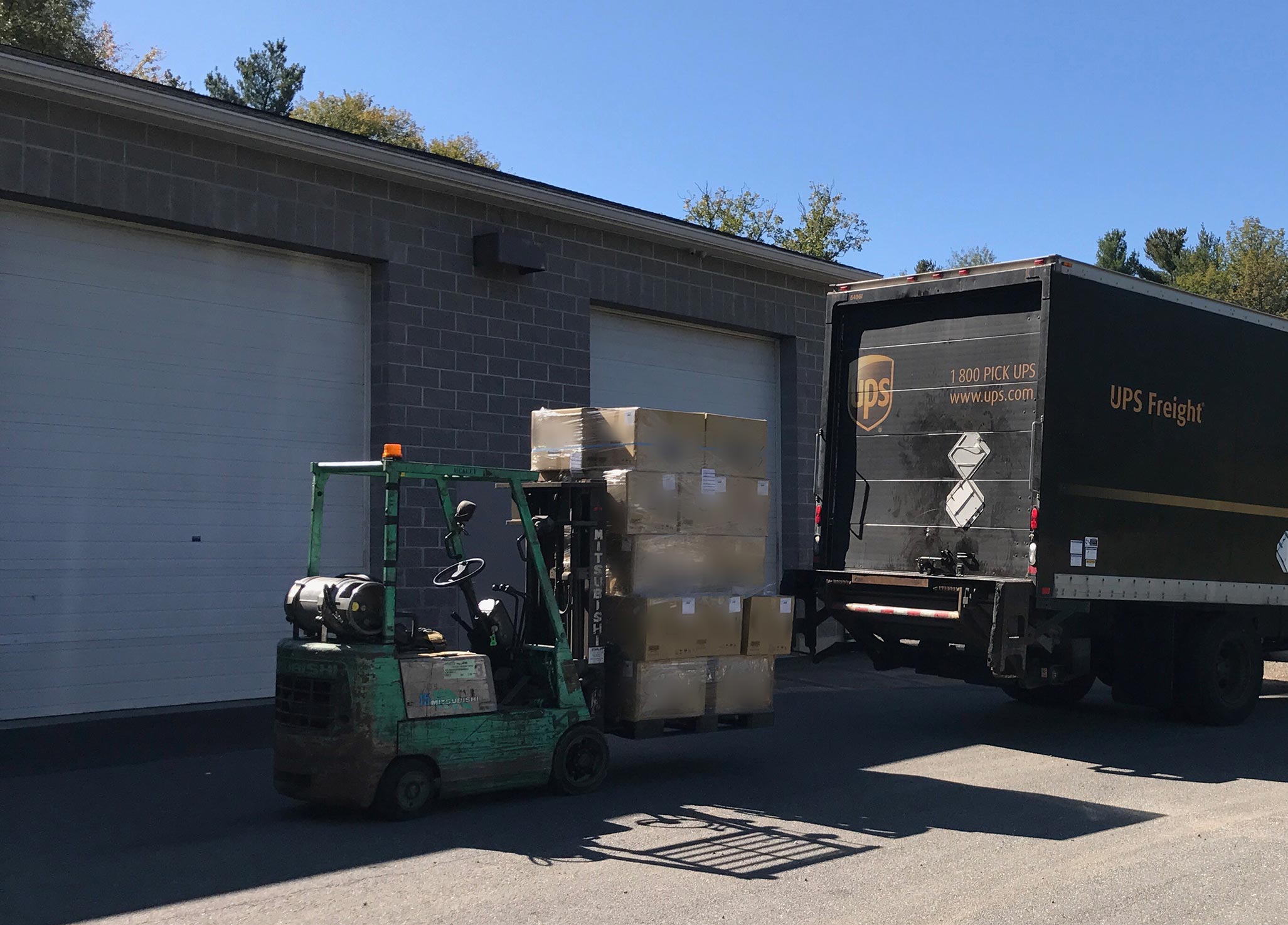
Before you can start shipping pallets of inventory, you need to place test orders
3 – Stay timeless. The margins on seasonal items are great, and if you’re up for a challenge, go for it.
Simply beware that seasonal products carry significant risk and you don’t want your inventory of unsold Halloween costumes tying up capital for other items that perform consistently throughout the year.
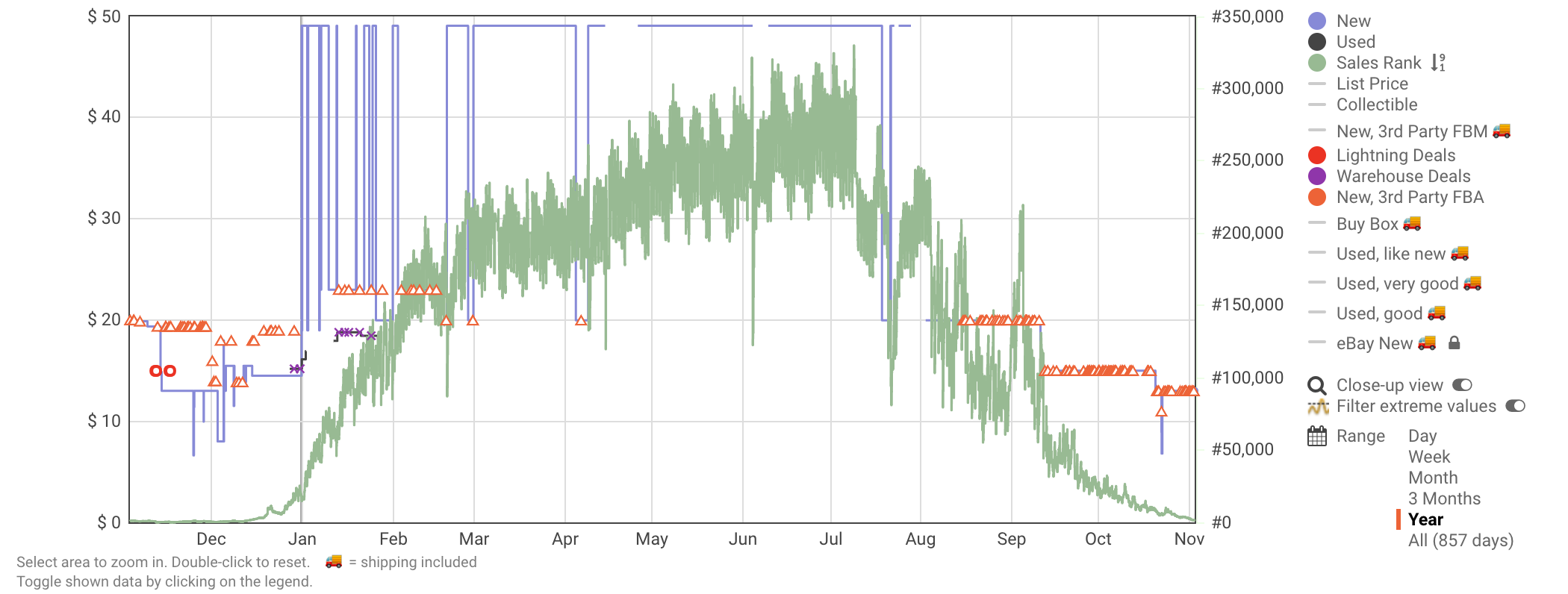
Seasonal items only give you short-term profits
It may be more difficult to source this quality, year-round sales items, but, especially for a new FBA seller, that level of predictability and consistency is essential.
4 – Don’t buy “Supplier Lists.” Put in the work to source your own products. These lists don’t usually pan out and you’ll wind up wasting money. Take the time to locate your own suppliers rather than tracking down others’ empty potential leads.
5 – Treat your suppliers well. Everyone likes to win. Don’t think of the wholesale purchasing process as a one-and-done transaction. You will need to negotiate to find the sweet spot where you and your supplier both make money selling these items.
Working on building these relationships becomes invaluable down the road as you seek out price concessions and other bargains in the future.
Conclusion
That pretty much sums up the basics. These techniques will help you set up your little corner of Amazon and position you for quick returns on wholesale products.
Find products using the methods above and look for suppliers to provide those products (maybe even some related ones, too) to you on a wholesale basis.
Tread lightly as you first start out—going all-in on the wrong products, seasonal or otherwise, may spell an early doom and set you back more than a few, smaller and strategically placed orders will, especially as you start out.
Once you start moving product consistently and get a better feel for what works well and what does not, remember that the metrics don’t lie.
Continue to rely on the two Chrome Extensions that were mentioned—Keepa and Jungle Scout.
They’ll help to increase your efficiency and accuracy in the quest to expand your product offerings and subsequently identify new suppliers as you progress. Good luck!






About The Author: Dillon Carter
Hi, with James, we're building Amazon tools that we wish we had when starting our own companies. We love tech, coffee, building systems and all things Amazon.
More posts by Dillon Carter